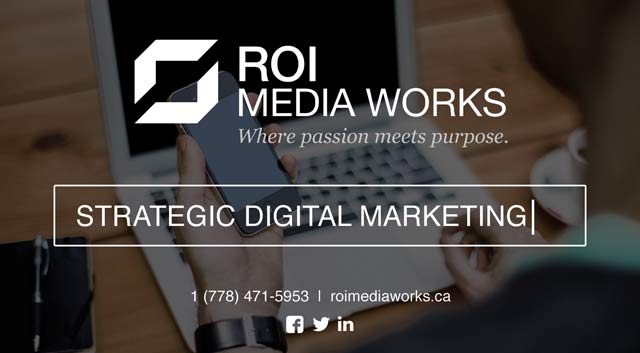Typography: The Ins and Outs
There’s Helvetica, Arial, Myriad and PT Sans. Bold, italic, underline and strikethrough. You’ve made fun of Comic Sans, drank bottles of Spencerian, been forced into Times New Roman and watched countless hours of films that displayed Waltograph in their openings. Sure, you have fonts down pat. They are, however, only one aspect of the larger field of typography. Even though it is a large field, most often only known of fonts. Since it will create better looking websites (in that case everybody wins), we thought it would be worthwhile to ponder what exists past fonts. Here are four questions that will give you the answer.
What is typography?
This is the obvious one but it is the perfect place to start. Creative Market’s has this question covered. Their definition: “typography is the visual art of creating written words.” In addition to fonts used, as we teased in the intro, other factors include legibility – the ability to identify specific letters or punctuation, readability – the ability to distinguish words from the other aspects of a page, how much space text takes up on a page and how the words on a page function. In an increasingly digital world, it’s easy to see how robust this can become. It is key to web development.
How important is it?
Essentially, the facets that come together to create typography exemplify its importance. If user can’t read your webpage, can’t make out the letters of your text, can’t distinguish text from backgrounds or are confused by an overly-artistic design, you’ll lose them. Yoast adds a little more nuance to this point. They refer to typography as a “science,” one that was accelerated with the rise in digital and that requires the same attention and thought as sentence structure or grammar. So, how important is typography? As important as the very words they display on the screen.
How does it relate to branding?
Typography and your business’ branding should interplay nicely. The colours you’ve chosen to define your brand were most likely picked for a reason. So, they can be used throughout your writing to ensure both creativity and readability. You should also stick to brand guidelines and ensure you’re using the same font families throughout your content. Some exceptions do apply. The font of your logo might look great as just that – a logo – but it wouldn’t be readable or function well written out 500 times for a blog post. Or, you could also benefit from a design standpoint by mixing in an artistic heading to offset a more conservative font used for the majority of the text.
What are the industry trends?
As is anything related to design, typography is subject to changing opinions and trends. Luckily, Marketing Profs has an infographic to keep you up to date. They called it The Top Typography Trends You Can’t Afford. In it, Marketing Profs give a deep insight into how to stay current but also readable, legible and all the necessities of typography. Whether you want inspiration for a new text strategy or want to make sure your current one is still relevant, this has got you covered.
